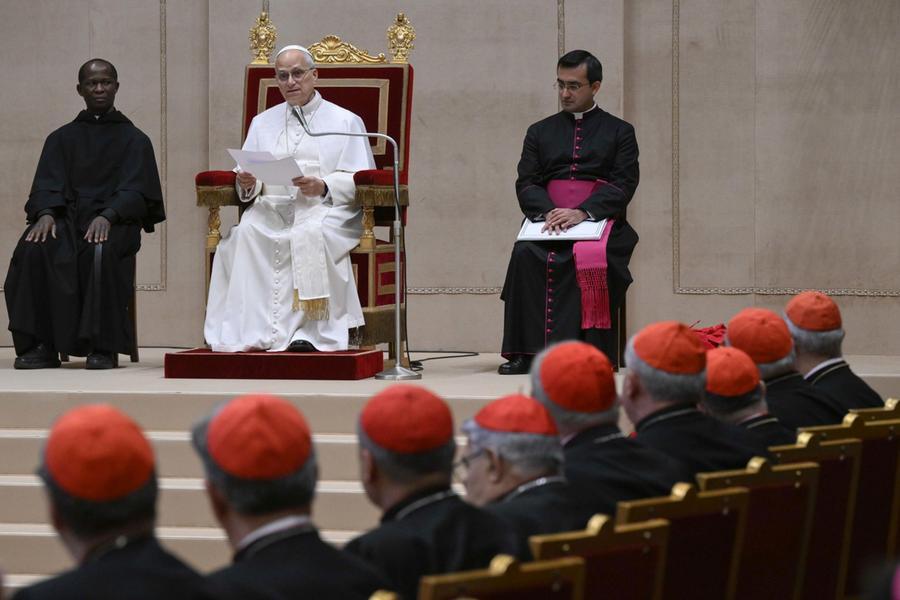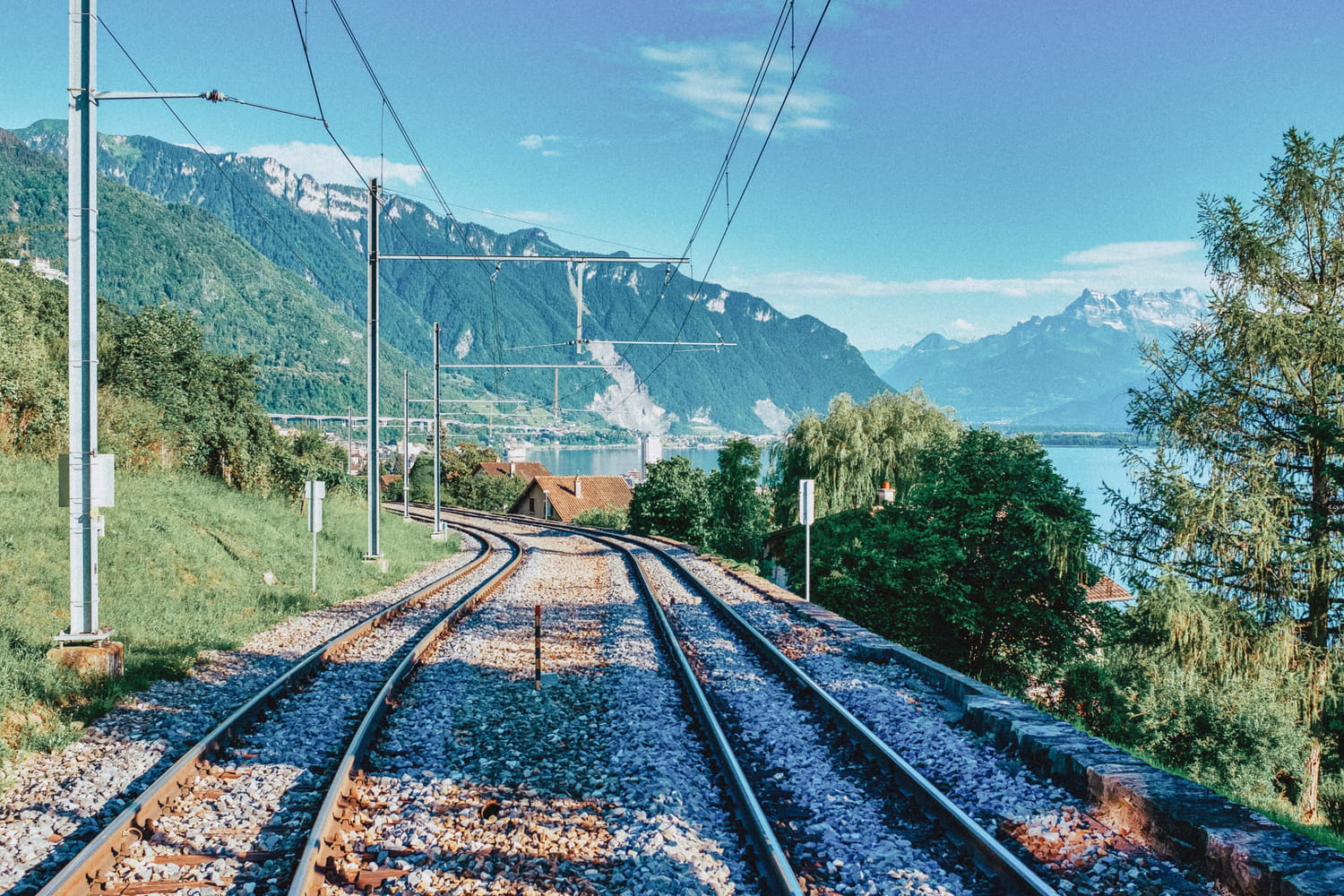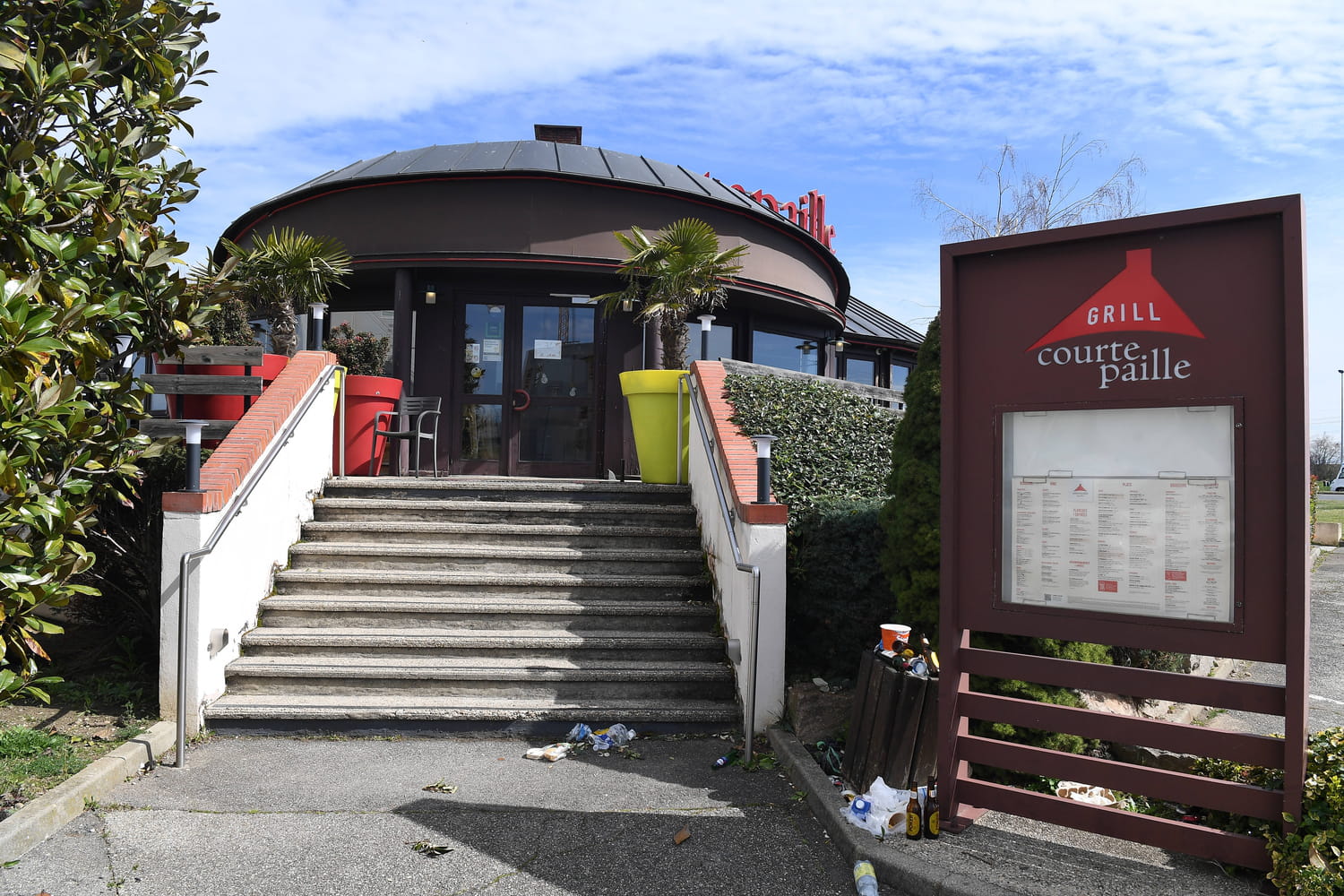No more endless connections and journeys that take forever! This 22,000 kilometer high-speed rail network is expected to revolutionize travel in Europe.
Who has never complained when discovering that you have to take three connections and spend a whole day to reach a European destination that is even “close” to the capital? This reality often pushes travelers to opt for plane, even for relatively short journeys, despite higher prices and a significant environmental impact. Buying a ticket abroad is also sometimes an obstacle course, prices vary from one country to another and some stations seem frozen in time. Result: many give up exploring Europe by train and turn to plane for greater simplicity.
Faced with this observation, the Danish think tank 21st Europe imagined a revolutionary solution called Starline. This mammoth project consists of creating a 22,000 kilometer high-speed rail network that would connect 39 major destinations, from the United Kingdom to Ukraine, via Turkey. “Designed as a metro system, (Starline) changes the way Europeans perceive their own continent – not as a collection of distant capitals, but as a single, fast network”explains 21st Europe.
The trains would run at 300-400 km/h, 30% faster than current systems, allowing Helsinki to Berlin to be reached in just five hours. “Capable of competing with the plane”, these trains would revolutionize European travel. Even more innovative: the carriages would no longer be divided by classes, but by spaces adapted to needs – quiet areas for working, family sections, relaxation areas. The stations, true cultural hubs, would offer restaurants, shops, but also concert halls and museums. The stated objective is to operate this “European metro” by 2040, with public financing and management by franchise of national railway operators, under the aegis of a new European Railway Authority.
However, the challenges remain colossal: harmonization of technical standards, safety rules and labor agreements between countries. The project would also require overcoming the diversity of European rail systems (different track gauges, varied electrical systems). Despite these obstacles, 21st Europe is optimistic and “start building the network that will achieve real change”. For travelers, the benefits would be considerable: no more long connections, multiple tickets and inconsistent timetables. Also no more environmental guilt, since high-speed trains emit up to 90% less CO2 than planes. A revolution that could transform the way we travel in Europe!








